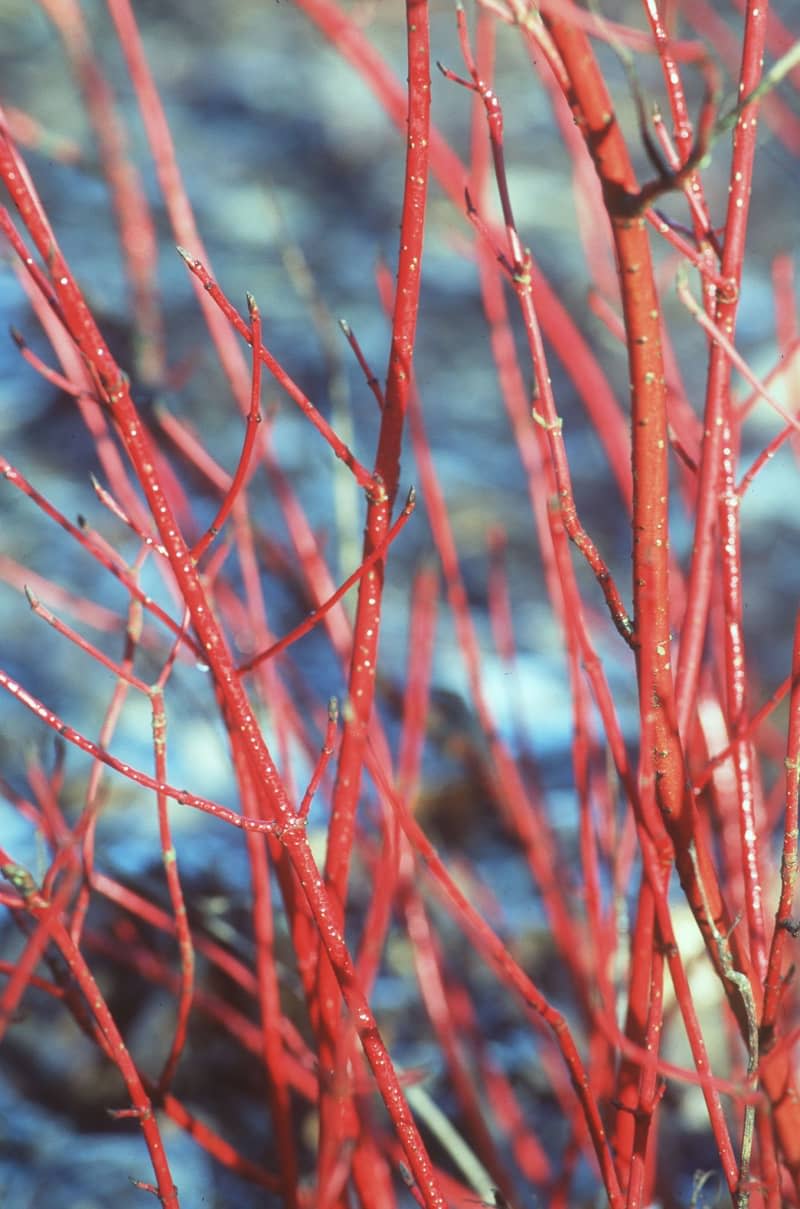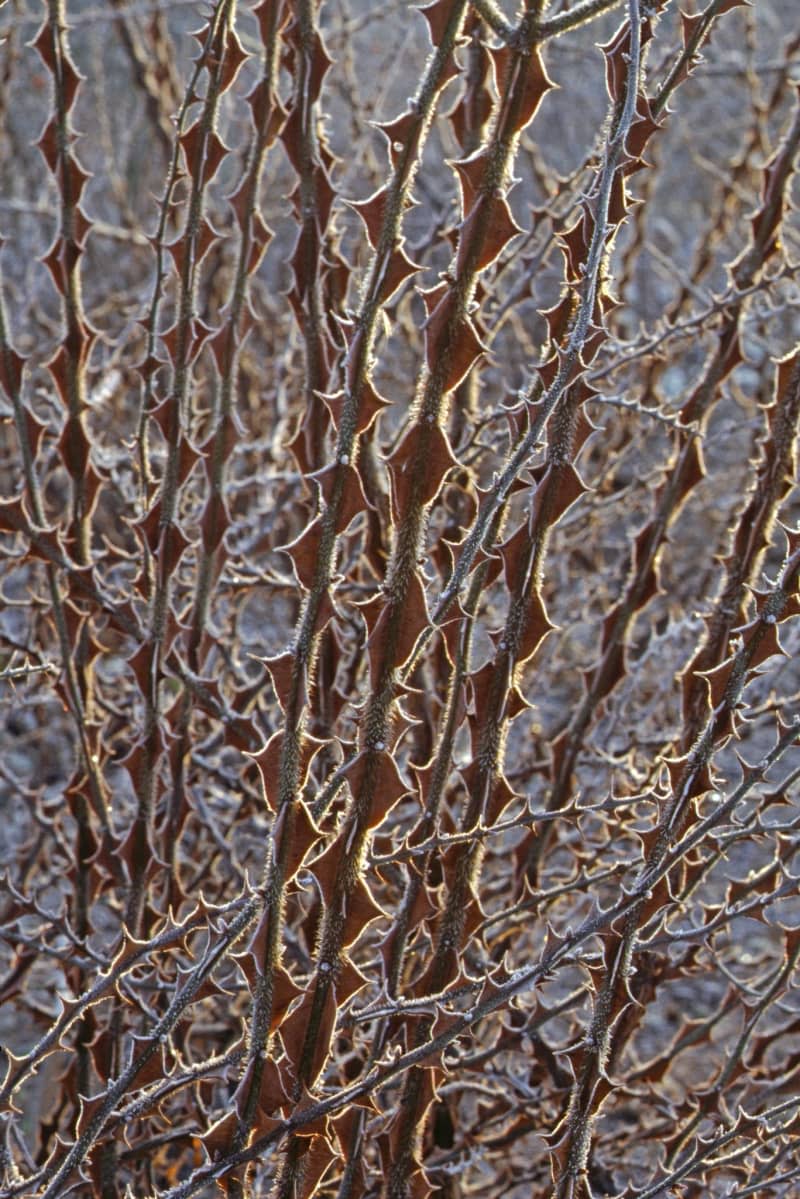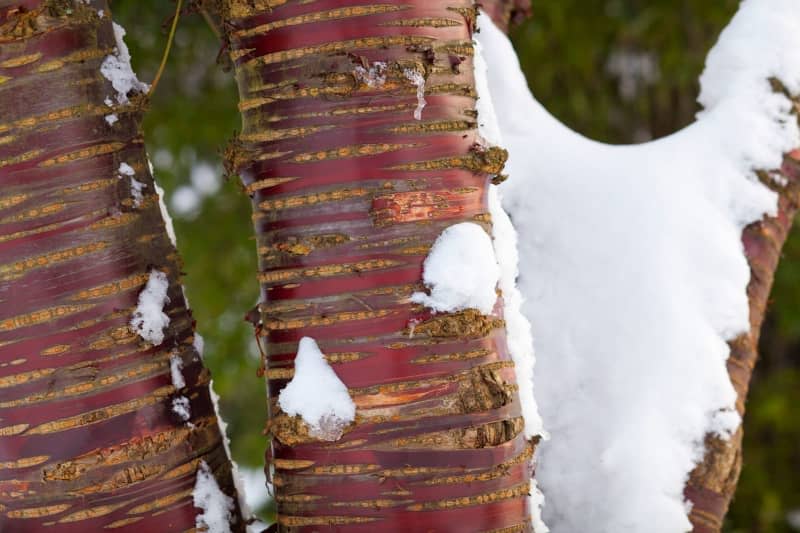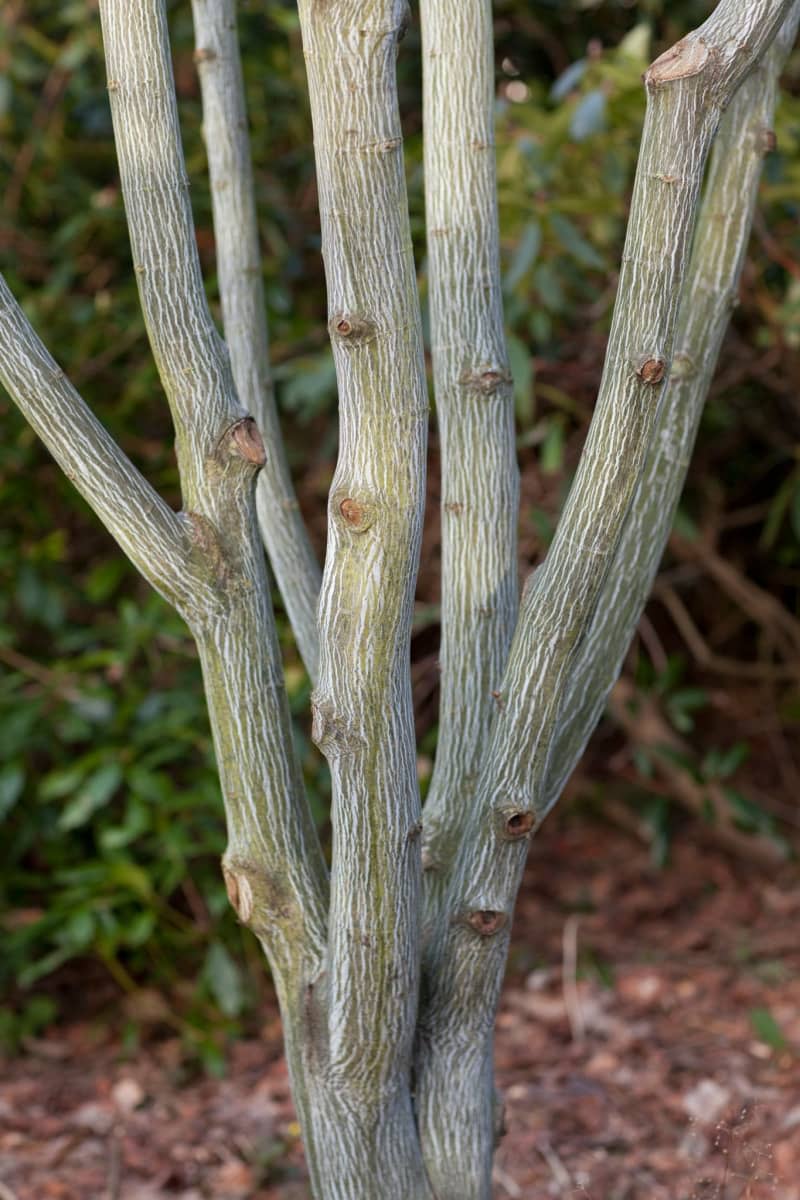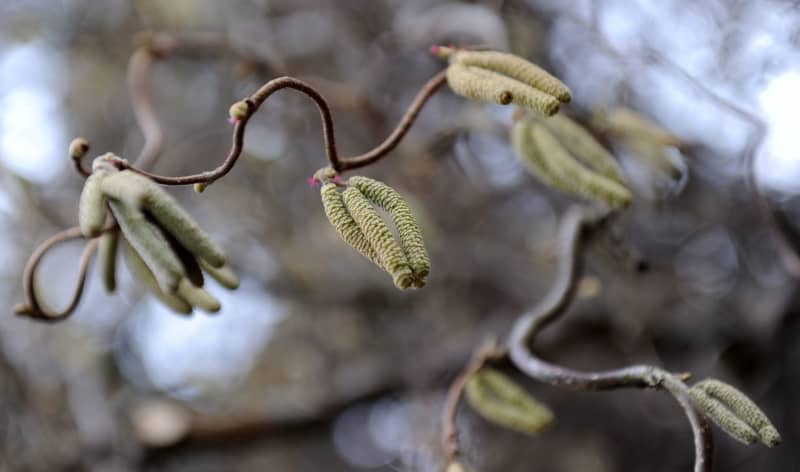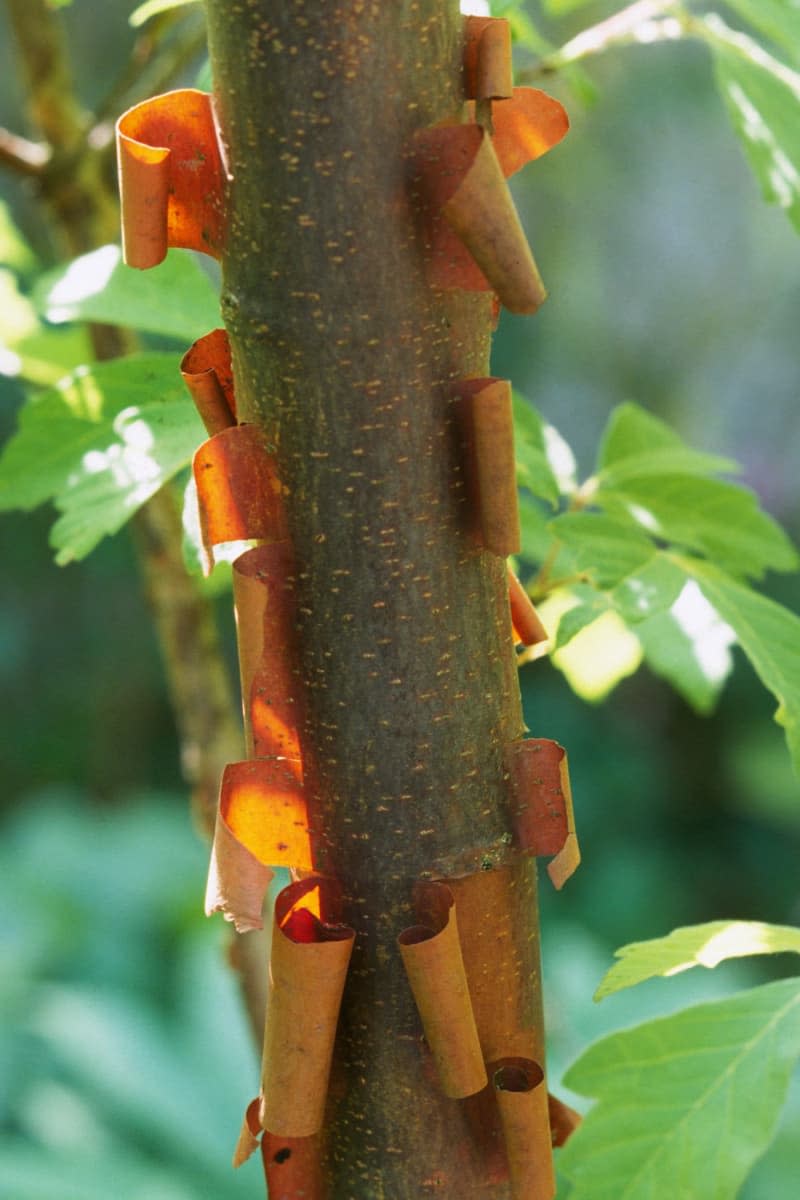Making bark's beauty the star of your winter garden
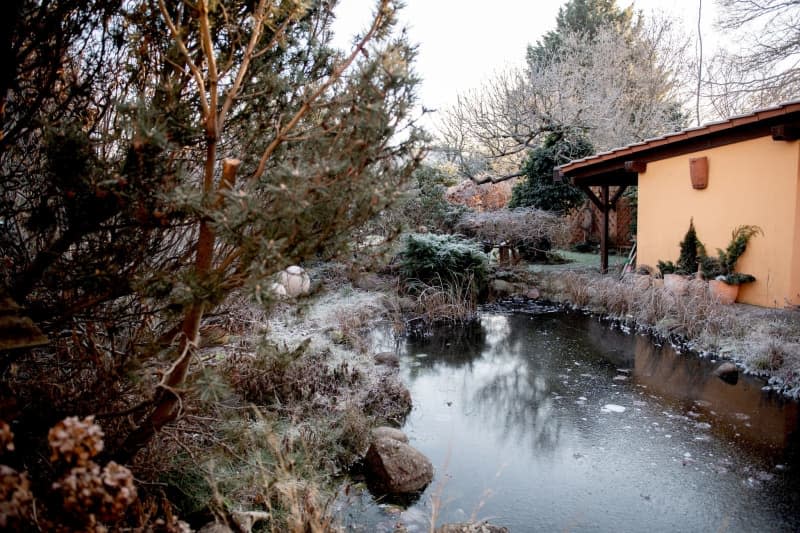
Foliage may steal the limelight in the garden in spring and summer, but come winter, the bark of bare trees can be truly stunning – if you choose wisely when landscaping.
"Bright bark colours from yellow to orange to red come into play with the purple dogwood (Cornus alba)," says German landscape architect Daniela Toman.
Some bark is even white, the best known example being the birch tree (Betula).
Other plants rely more on structure to grab your attention: "You can quickly recognize a cherry tree with its horizontal cork cells, the so-called lenticels, even in winter," says garden designer and author Peter Berg.
His tip is for sprucing up your winter garden is the birch bark cherry (Prunus serrula), an ornamental variety with shiny reddish-brown bark decorated with horizontal stripes, which unrolls like thin paper before falling off.
Similar in colour and structure, the paperbark maple (Acer griseum), much like the cinnamon tree, also sheds its bark in delicate rolls.
For a smaller garden, Toman recommends the snakebark maple (Acer capillipes): "As the name suggests, this tree is characterized by a striking, grooved bark with white, vertical stripes."
The tree stays small or even grows shrub-like with several trunks. Other examples of fine ornamental bark include the corkwing tree (Euonymus alatus) and older specimens of the common maple (Acer campestre).
Branch structure itself can be especially eye-catching, like the twisting growth of the corkscrew hazel (Corylus avellana 'Contorta'), which in winter resembles a tousled human head.
Another winner in a smaller garden is the Medusa. With a maximum height of two metres, this tangled root beauty is manageably small and can even be planted in tubs on the balcony. Try to give trees with decorative bark a prominent spot, in front of windows or in the front yard.
And make the most of simple ways to create a harmonious environment: "Bark features stand out against the calm, dark green backdrop of evergreens like yew and rhododendron," says Toman.
Berg also likes to use colour coordination of adjacent plants to best effect. Red-leaved bergenia (Bergenia hybrid) and purple bells (Heuchera hybrid), as well as red-barked dogwood with its red shoots all come into their own in the cold months.
White-flowered Christmas roses (Helleborus niger) go well with birches and lend a vivid touch all year round because they also bloom in winter. That's how you can use clusters of plants to make a splash in an otherwise bare garden. Also underplant birches with heather (Erica) and grasses to lend a Scandinavian flavour to your garden, says Berg.
The light too can suddenly bring plant features into fresh, new focus. Flat winter sunlight shining through the branches of roses with large thorns accentuates their defensive form. Rosa omeiensis, a wild species from China, with its large red thorns is particularly striking.
But plants may need some extra care from us to stand out better. Berg advises making a cut in the branch structure to draw your gaze straight to the trunk. An umbrella-shaped crown is ideal for the service pear (Amelanchier), as this highlights the structure of the multi-stem tree.
Dogwood should be pruned regularly in spring, which will stimulate new growth and intensify its bark colour, especially a year or two after planting, says Toman. Cover the soil around the tree with nutritious compost after cutting to ensure it gets enough nutrients for healthy new growth.
Sometimes it takes more patience though - several years even. "Often the tree's bark only gets really attractive with old age," says Berg, citing the sweet gum (Liquidambar styraciflua), ironwood tree (Parrotia persica) and yew (Taxus baccata).
